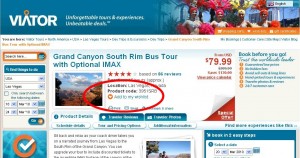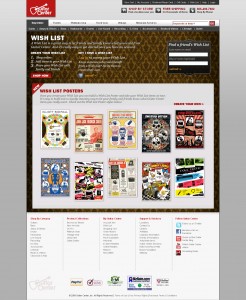Call for Speakers: MarketingSherpa’s B2B Marketing Summit 2010
Want to share your B2B marketing expertise with hundreds of your marketing peers, or recount a particularly successful campaign?
We’re looking for speakers to take the stage at our 7th-annual B2B Marketing Summit this fall. This year’s event takes place Oct. 4-5 in San Francisco and Oct. 25-26 in Boston. During those two days, we’ll be featuring a mix of research, hands-on training, panel discussions, case studies and how-to presentations that will help you optimize your lead generation process.
To be considered for a spot on that agenda, share the details of your speaking proposal here.
We’re looking for presentations that provide practical, actionable advice for B2B marketers based on measurable results and real-world experiences. Think about your own success stories in the following areas:
o Lead generation
o Lead nurturing
o Lead scoring
o International demand generation
o Email marketing
o Paid search advertising and SEO
o Content development
o Social media marketing
o Metrics and analytics
Once again, please use this form to provide details of your proposed session.
(Deadline: Wednesday, May 12)
And stay tuned to this blog, the MarketingSherpa home page, and our B2B marketing newsletter for more details on the Summit as we develop the program.
Thanks!










